
Like me, you probably recycle, try to use the car less and take your own bags to the supermarket. And good on us! Plastic is a complex issue but there’s no denying its impact on our marine life. The fossil fuel industry is one of the biggest carbon emitters on the planet so it’s no surprise why it is a long favourite target for environmentalists.
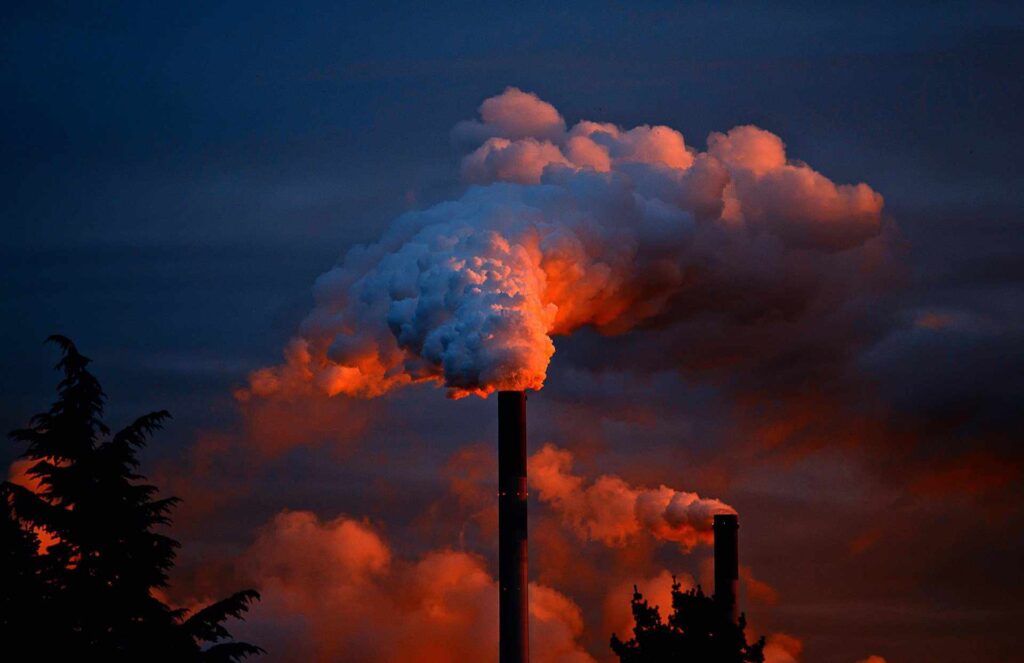
Somehow, however, food (chorus: glorious, food!) never quite joins the carbon cast of villains like the above two. This, despite the fact an astounding quarter of all global emissions are created from food production. A quarter!
And although our plastic cutting and fuel emissions efforts all count, it is our food decisions that provide the single strongest lever to optimise environmental sustainability on Earth and dramatically reduce your carbon footprint.
To give you a bit of a leg up, here’s a rundown of some of the worst individual offenders (and some alternatives to try). We’ve broken this down by food type so you can create the perfect Hapea plate:
An astounding quarter of all global emissions are created from food production
Protein - Meat / Seafood
Not great news for dedicated carnivores but the impact of meat on the planet ranks at the top of the list and is dominated by beef and lamb, which make up half of all farm-animal emissions:
1. Beef
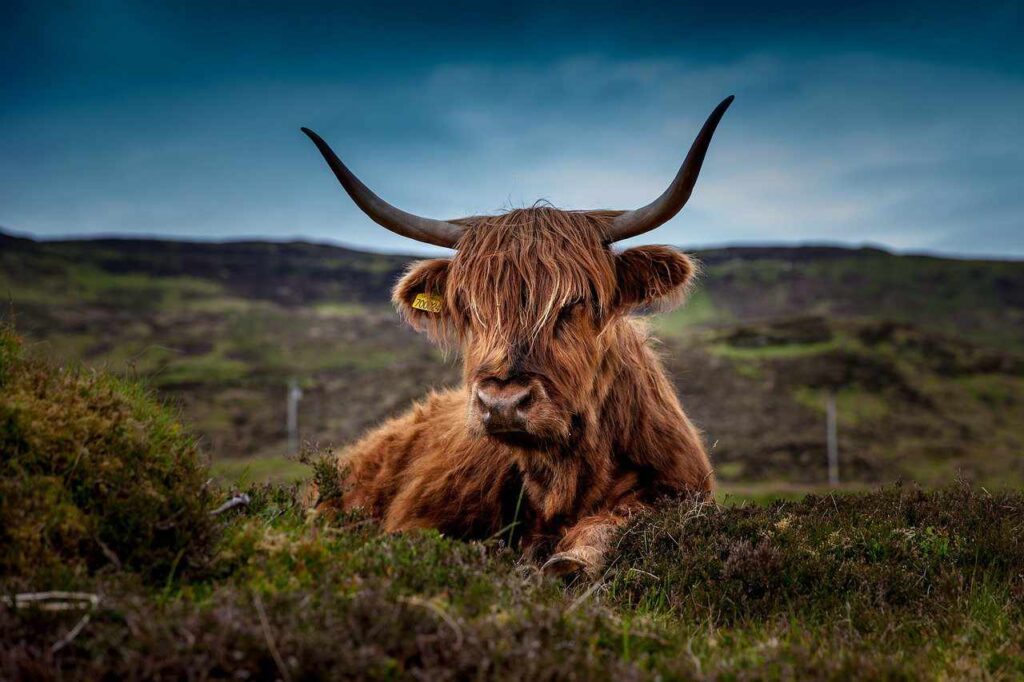
Beef production is troublesome for the environment on multiple levels. From clearing forests for their grazing and producing food for their feed to being the source of the biggest emitter of greenhouse gasses in farming. Beef pound for pound has the highest carbon footprint of any food.
Cows are ruminants, which means they are among the few species that can obtain nutrients from plant-based foods by fermenting it first. This process produces a lot of methane, a greenhouse gas that is 25-times stronger than carbon dioxide.
In addition, cattle require more land resources and water than pretty much any other farm animal, which has led to chronic deforestation.
The Food and Agriculture Organisation of the United Nations say that the methane released from cows, along with the emissions from deforestation and fertiliser use, create as much greenhouse gasses as the world’s cars, lorries and planes combined.
Beef on average produces 60kg of greenhouse gases per kilogram. And if considered from the view of nutritional units, beef produces 25kg of greenhouse gases per 100g of protein.
If beef isn’t something you have thought about as part of your carbon footprint, you really should! This is nothing short of a crisis for our planet’s health.
2. Lamb
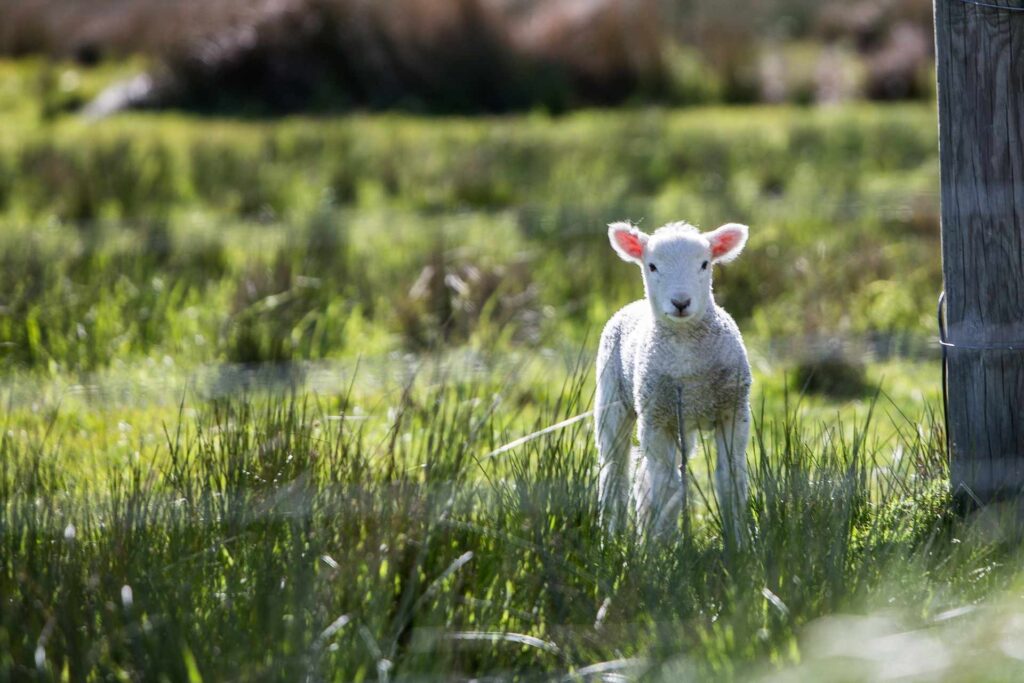
As with cows, sheep are another ruminant and also have a significant carbon footprint at 24kg of greenhouse gas emissions per kilogram of lamb / 20kg of greenhouse gases per 100g of protein.
3. Shellfish / farmed prawned
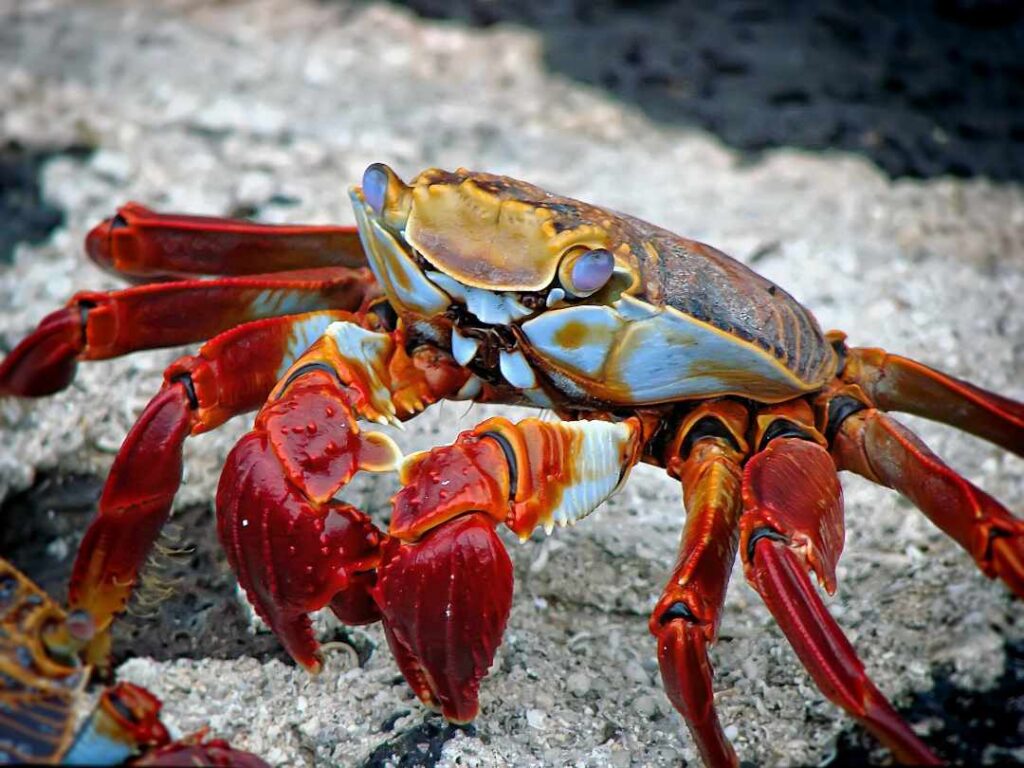
As an alternative to red meat, shellfish provide a much healthier option as they are low in fat. However, shellfish farming and production significantly contribute to greenhouse gases – 18kg per 100g of protein.
Methane released from cows, along with the emissions from deforestation and fertiliser use, create as much greenhouse gasses as the world’s cars, lorries and planes combined.
What can you do today?

Try swapping those meat-based meals for plant-based sources of protein such as tofu, nuts, peas, and beans. They’re high in protein, dramatically lower in emissions and can be thrown into a variety of tasty vegetarian or vegan recipes:
Tofu: 1.6kg GHG per 100g of protein
Pulses (lentils, beans etc.): 0.65kg GHG per 100g of protein
Peas (our favourite!): 0.36kg GHG per 100g of protein
As consumers, this is the biggest difference we can make to reducing greenhouse gases, regardless of where you are in the world.
You can also try replacing that steak on your plate with a grilled chicken or fish. However, it’s best to avoid tuna and salmon. Tuna is overfished, resulting in a declining population of the species, and most salmon is farmed, which has its own ecological impacts.
Not only are these healthier meat options, but they also provide a significant improvement in emissions from lamb and beef:
Chicken: 4.3kg GHG per 100g of protein
Fish (farmed): 3.5kg GHG per 100g of protein
As consumers, this is the biggest difference we can make to reducing greenhouse gases, regardless of where you are in the world.
Fats
4. Cheese / dairy
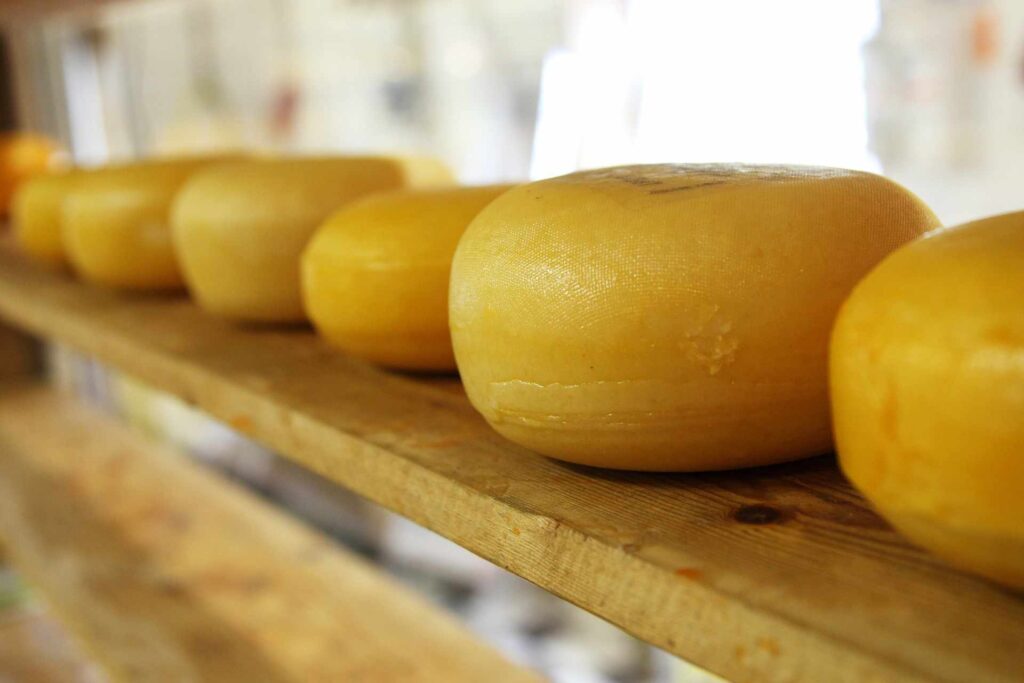
The dairy industry poses many of the same environmental problems as beef production does. But because you can get milk on an ongoing basis from a dairy cow, the carbon footprint of the end product is lower than beef. Cheese however comes in at a hefty 22kg of greenhouse gas per 1 kilogram.
5. Palm oil
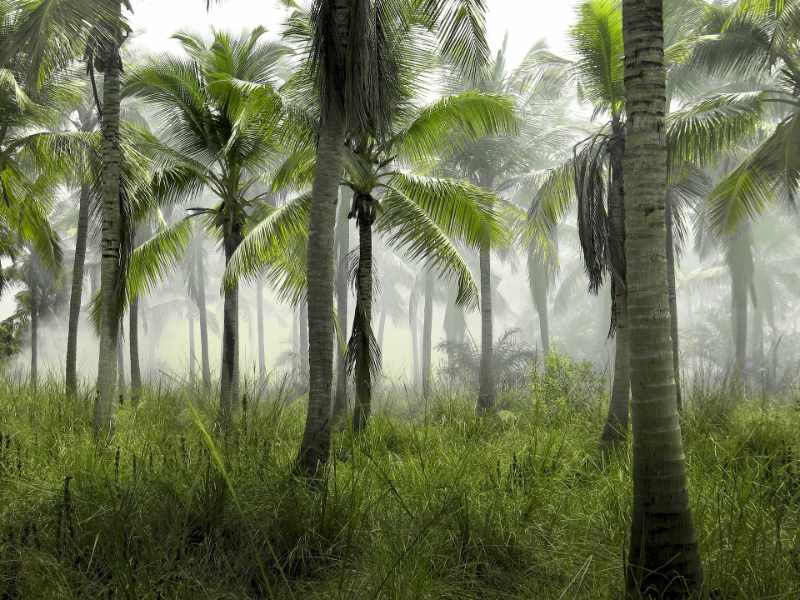
Palm oil can be found staggeringly in more than 50% of products on our supermarket shelves. Its uses spanning from your favourite snack foods like ice cream, sweets and instant noodles to household items. Palm oil has become the most widely used vegetable oil on Earth. It is also one of the world’s leading causes of deforestation and at 7.6kg of GHG per 1 kilogram, leaves a not-so-insignificant carbon footprint.
Palm oil can be found in more than 50% of products on our supermarket shelves.
What can you do today?
Consuming less processed foods, which in the majority of cases may use conflict palm oil (often labelled with alternative names) will help the environment, your health and reduce single use plastics.
Plant based milks and dairy all have lower carbon footprints than their cow-based counterparts and are easily accessible and often fortified with similar minerals.
Find out if your favourite brands are committed to a responsible palm oil future free from deforestation and destruction of nature by using WWF’s Palm Oil buyers scorecard.
Carbohydrates and other foods
Carbohydrates produce relatively low carbon footprints and are much kinder on the environment. Most cereal grains produce around 1kg of GHG per kilogram, drastically less than meat and dairy. However, not all carbs are created equal. Below the most harmful carbohydrate rich foods:
6. Rice
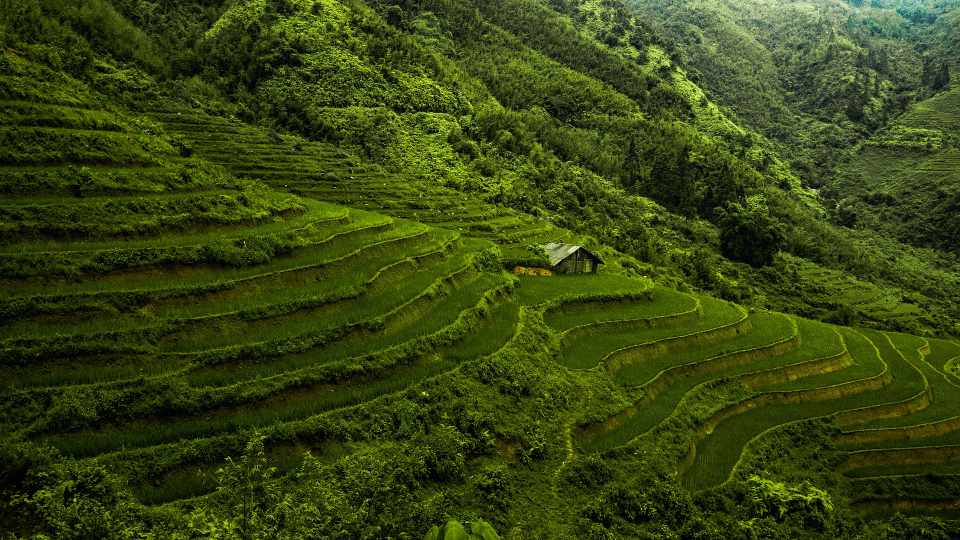
A standout among carbs, rice takes a higher toll on the environment. According to Oxfam, rice cultivation makes up a staggering one-third of annual freshwater-use for the globe. Thankfully, new methods of rice cultivation are drastically reducing water usage, leading to much more sustainable farming practices.
7. Sugar
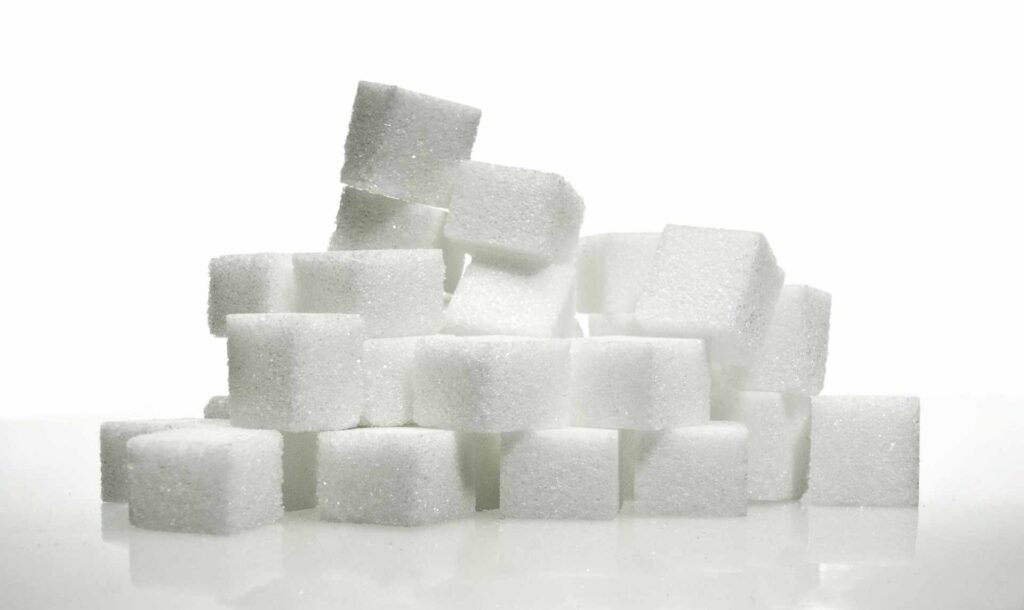
It’s not a surprise that sugar is the cause of many health problems but its impact on the environment is less known. Refined sugar is derived from either sugar cane or sugar beets. Both grown as monoculture crops meaning that a single type of plant covers large swathes of land uninterrupted by other crops or plants. This has drastic effects on rainforests, grasslands, and wetlands which are destroyed at an alarming rate to make way.
Secondly, like rice, the water requirement is significant, with 1,500 – 2000 litres required per kg of sugar.
And although not specific to sugar alone, monoculture crops are extremely vulnerable to disease, often requiring heavy use of pesticides and fertilizers which leach into local waterways, destroying habitats and endangering local communities.
What can you do today?
It is virtually impossible to completely avoid sugar, but you can greatly reduce your consumption by avoiding processed food and relying on whole grains.
Fruits and vegetables
While cutting out meat and dairy and increasing your fruit and veg intake is a sure way to lower your food carbon footprint, there are certain fruits and vegetables worth noting:
8. Avocado

Avocados, often the the poster child for the new age vegan, does not produce much CO2, but their need for water is immense. When grown in their native tropical climates, the water they need comes naturally. However, when grown in drought-prone areas (which they often are) the resources are much more scarce leading to significant water use.
9. Bananas
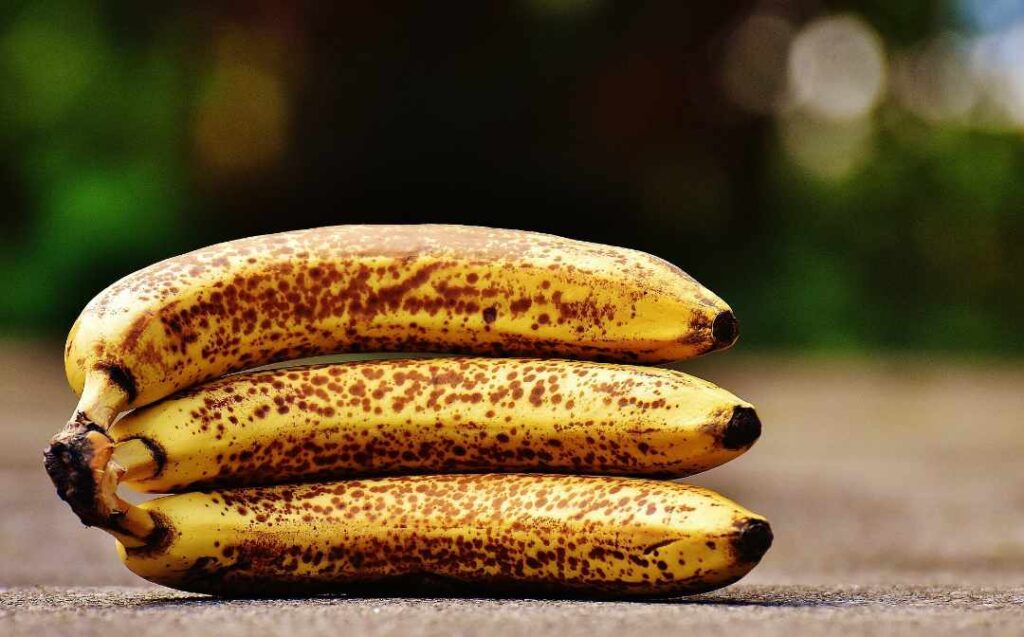
Greenhouse gases from banana production are pretty low. Combined with the fact that bananas come naturally packaged and only require sunlight to grow makes the ubiquitous banana a fairly green prospect. However it’s environmental impact is driven up when you consider the high spoilage rates leading to waste. On the bright side, overripe bananas are easily frozen and are a great option for baking or smoothies. By purchasing brown bananas, you help reduce kitchen waste, while supporting the planet’s health – not to mention your own!
10. Asparagus

Asparagus is one of the few vegetables with a heavy carbon footprint, with a surprising 8.9 kg of GHG per kg. This is largely to do with the emissions produced during transportation. Much of the asparagus eaten by Americans comes from South America and is flown from farm to store by airplane. This can be swiftly bypassed if you can buy locally!
By purchasing brown bananas, you help reduce kitchen waste, while supporting the planet’s health – not to mention your own!
What can you do today?
Vegetables have the lowest impact on the environment. So if you already follow a plant-based diet, you’re doing the earth a great service. Want to reduce your environmental impact even more? Focus on:
- Buying your fruits and vegetables seasonally to reduce waste.
- Buying local produce to reduce transportation costs.
- Purchasing ripened bananas and produce before they are wasted.
- Using your own bags for loose fruit and veg rather than packaged.
Eating for the Environment
Gradual change
While the above stats are true and certainly a cause for concern, you needn’t start boycotting avocados! It is worth taking a moment to understand what you personally consume on a weekly or monthly basis and adjusting your diet at a rate that allows you to be practical whilst reducing your carbon footprint. If we all consider the carbon impact of meat and can reduce some of our intake, tomorrow will be greener!
What you eat vs where it is from
While there certainly is a carbon price for eating food that has travelled from the other side of the world, what you actually consume will have a far bigger impact on your footprint. In the case of beef, transport typically accounts for less than 1% of it’s GHG emissions. Therefore choosing to eat locally sourced beef has a minimal effect on its total footprint. The fact that it is beef contributes to your carbon footprint more than any other factor. The exception to this is air-freighted foods (as mentioned in the case of asparagus). Although uncommon, (it accounts for only 0.16% of food miles), it is estimated they contribute over 10% of carbon emissions from food transport globally. Foods that do tend to be air-freighted are highly perishable such as fresh seafood, out of season fruits like berries and pineapples. Playing the carbon game is tricky with various often countering factors to consider. Ultimately eating less meat and dairy and trying alternatives instead is the best way to significantly reduce your footprint.
Playing the carbon game is tricky with various often countering factors to consider. Ultimately eating less meat and dairy and trying alternatives instead is the best way to significantly reduce your footprint.

